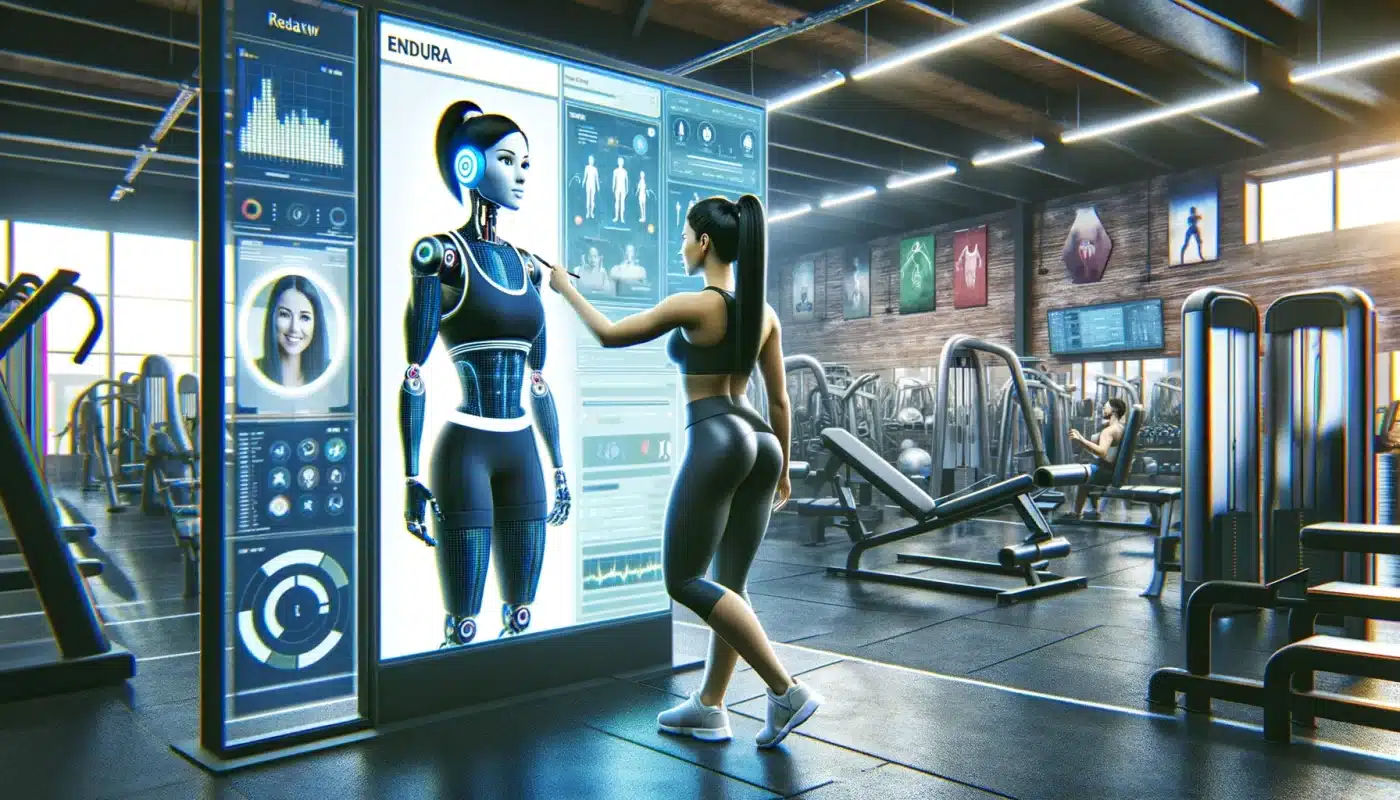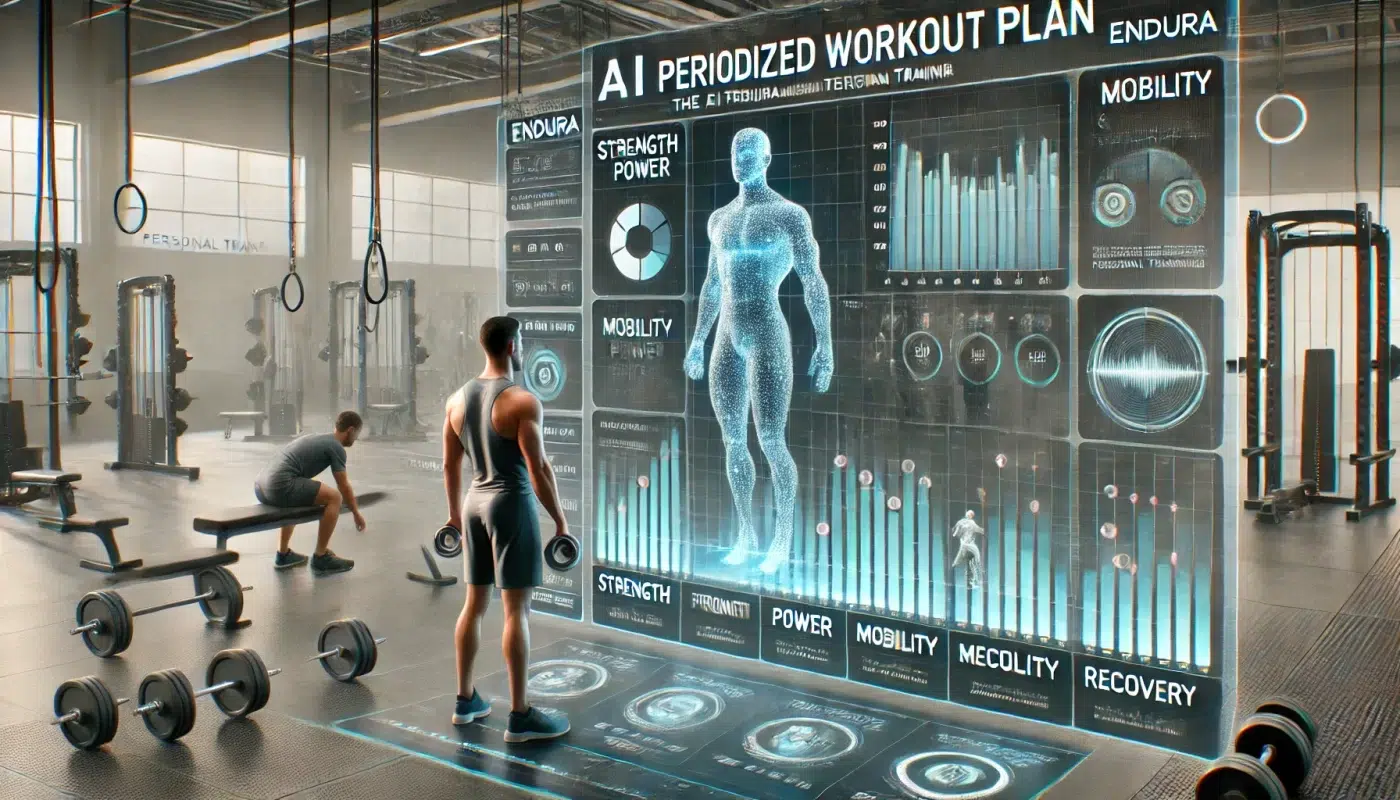The pursuit of health and fitness is a universal journey, yet it has always been a deeply personal one. For decades, the gold standard was hiring a personal trainer a human expert who could provide motivation, correct your form, and design a program tailored just for you. However, this solution is often expensive, logistically challenging, and inaccessible to many. But what if you could have a world-class fitness expert in your pocket, available 24/7, that knows your body, your goals, and your progress intimately? This is no longer a futuristic fantasy. The fitness industry is undergoing a seismic shift, powered by Artificial Intelligence. AI-powered personalized fitness coaching is revolutionizing how we exercise, eat, and achieve our wellness objectives, making truly bespoke guidance available to everyone, everywhere.
Understanding the Core of AI-Driven Fitness Coaching
At its essence, AI-powered fitness coaching is a sophisticated digital platform that uses machine learning algorithms, data analytics, and often computer vision to deliver a hyper-personalized health and fitness experience. Unlike static workout apps or pre-recorded video classes, these AI systems are dynamic. They learn from your continuous input, adapt in real-time, and evolve your plan based on your performance, feedback, and even your biometric data. It’s a symbiotic relationship between human effort and machine intelligence, designed to maximize efficiency and results.
How AI Personal Trainers Actually Work: The Technology Unveiled
The magic of an AI fitness coach isn’t magic at all; it’s built on a foundation of powerful, interconnected technologies.
A. Data Collection and Input: The journey begins with you. The AI gathers a massive amount of initial data, which typically includes:
* Goal Setting: What do you want to achieve? (e.g., lose weight, build muscle, run a 5k, improve overall health).
* Personal Profiling: Your age, gender, weight, height, and body fat percentage.
* Lifestyle Assessment: Your daily activity level, sleep patterns, stress levels, and occupation.
* Medical History: Any injuries, physical limitations, or health conditions (this is crucial for safety).
* Equipment Access: Do you have a full gym, some dumbbells, or just your bodyweight?
B. Machine Learning and Adaptive Algorithms: This is the brain of the operation. The ML algorithms process your initial data and compare it against vast datasets of exercise science, physiology, and successful training outcomes for millions of other users. They identify patterns and correlations to generate a baseline program that is statistically likely to work for someone with your profile.
C. Continuous Feedback Loop (The Learning Phase): This is where the “personalization” becomes real. As you complete workouts, you provide feedback:
* Explicit Feedback: Rating your perceived exertion (e.g., “This was too easy”), logging your nutrition, and noting how you feel.
* Implicit Feedback: The AI tracks your performance did you complete all the reps? Did your form break down on the last set? Did you need extra rest?
* Wearable Integration: Syncing with devices like Apple Watch, Garmin, Fitbit, or Oura Ring provides a constant stream of objective biometric data: heart rate, heart rate variability (HRV), sleep quality, and daily calorie expenditure.
D. Computer Vision and Form Analysis: Advanced platforms use your smartphone or webcam to analyze your exercise form in real-time. Using pose estimation algorithms, the AI can watch you perform a squat and provide instant audio or visual cues: “Lower your hips,” “Keep your chest up,” or “Your knees are caving in.” This brings the critical eye of a human trainer into the digital realm, drastically reducing the risk of injury and increasing exercise effectiveness.
E. Predictive Analytics and Proactive Adaptation: By synthesizing all this data, the AI moves from being reactive to predictive. It can anticipate plateaus before they happen, suggest a deload week if it notices your HRV is chronically low (indicating overtraining), or recommend a rest day when your sleep data is poor. It constantly fine-tunes your macronutrient goals and workout intensity to keep you on the most efficient path to your goal.
Tangible Benefits: Why Switch to an AI Fitness Coach?
The advantages of embracing an AI coach extend far beyond simple convenience.
A. Unmatched Personalization and Precision: Your plan is a living document, not a static PDF. It adjusts to your bad days, your good days, and everything in between, ensuring you are always training optimally.
B. 24/7 Availability and Ultimate Convenience: Train anytime, anywhere. There are no scheduling conflicts, no travel time, and no last-minute cancellations. Your coach is always on and ready.
C. Data-Driven Decisions, Not Guesswork: Emotions and subjective feelings can lie; data does not. Your program is based on objective metrics about your body’s actual response, removing the frustration of trial and error.
D. Significant Cost-Effectiveness: For a fraction of the monthly cost of a single session with a human personal trainer, you get continuous, daily guidance and support.
E. Objective Form Correction and Injury Prevention: The computer vision technology provides unbiased feedback on your technique, a feature most generic apps completely lack. This is vital for safe and effective training, especially for beginners.
F. Enhanced Accountability and Motivation: The simple act of logging your workout for the AI provides a powerful accountability loop. Many apps include gamification elements (streaks, badges, achievements) and community features that fuel motivation and make the journey enjoyable.
Potential Limitations and Considerations
While powerful, AI coaches are not a perfect, all-encompassing solution.
A. The Human Element Gap: An AI cannot replicate the deep emotional connection, the empathetic pep talk, or the intuitive understanding that a great human coach provides. It can motivate through data, but not through shared human experience.
B. Data Privacy and Security Concerns: You are entrusting a vast amount of highly sensitive personal and health data to a company. It is imperative to review their privacy policy and understand how your data is stored, used, and potentially sold.
C. Reliance on User Honesty and Consistency: The famous computer science axiom “garbage in, garbage out” applies here. The AI’s recommendations are only as good as the data it receives. If you fail to log your meals accurately or skip workouts without logging them, the guidance will become less effective.
D. Technological Barriers: Access to a reliable smartphone, internet connection, and potentially a wearable device is required. This can be a barrier for some demographics. Furthermore, form analysis via camera may not work perfectly in low-light conditions or cluttered spaces.
The Future of AI in Fitness: What’s Next on the Horizon?
The technology is evolving at a breathtaking pace. The next wave of innovation is already taking shape.
-
Hyper-Personalized Nutrition: Integration with continuous glucose monitors (CGMs) will allow AI to tailor nutrition plans not just to your goals, but to your unique metabolic response to different foods.
-
Advanced Biometric Integration: Expect deeper integration with more health biomarkers, potentially even genetic data from services like 23andMe, to create truly genetically-aligned fitness programs.
-
Immersion through AR/VR: Augmented and Virtual Reality will allow your AI coach to manifest as a hologram in your living room, guiding you through immersive workout environments and providing real-time form overlays.
-
Emotional AI (Affective Computing): Future AI could use your device’s camera to analyze your facial expressions and vocal tone to gauge your emotional state, fatigue, and motivation levels, further refining its approach to your training.
Choosing the Right AI Fitness Platform for You
The market is growing rapidly. When selecting a platform, consider these factors:
-
Your Primary Goal: Choose an app specialized for your focus (strength training, yoga, running, general wellness).
-
Features You Need: Is real-time form analysis a must-have? Do you want full nutrition planning or just workouts?
-
Integration: Does it work seamlessly with your existing wearable devices?
-
Budget: Prices vary widely, from freemium models to premium subscriptions.
-
Reviews and Reputation: Research what real users are saying about their results and experience.
Conclusion: The Symbiotic Future of Fitness
AI-powered personalized fitness coaching is not about replacing human trainers. Instead, it represents a monumental democratization of expertise. It makes high-quality, scientifically-backed, and deeply personalized training guidance accessible to the masses. It handles the data crunching, logistics, and basic form checks, freeing up human trainers to focus on what they do best: providing deep emotional support, strategic oversight, and the irreplaceable human connection. The future of fitness is not human versus machine; it is human powered by machine. By embracing this technology, we empower ourselves with the knowledge and tools to take control of our health in a way that has never been possible before, making the dream of a truly personal trainer a reality for millions.














